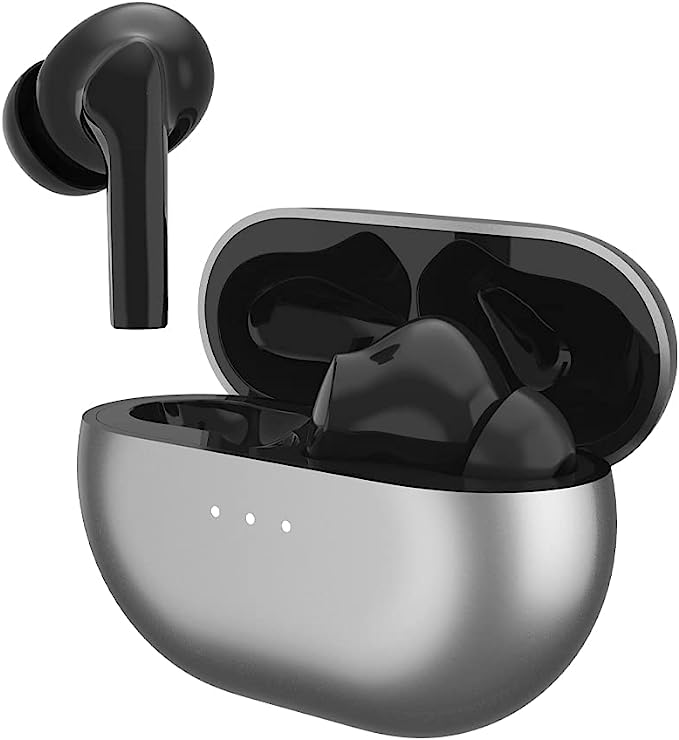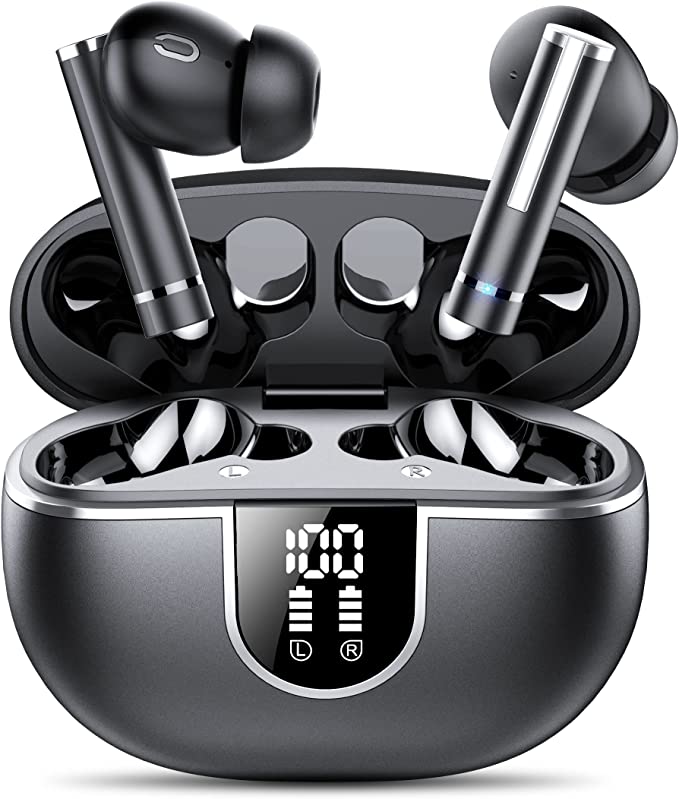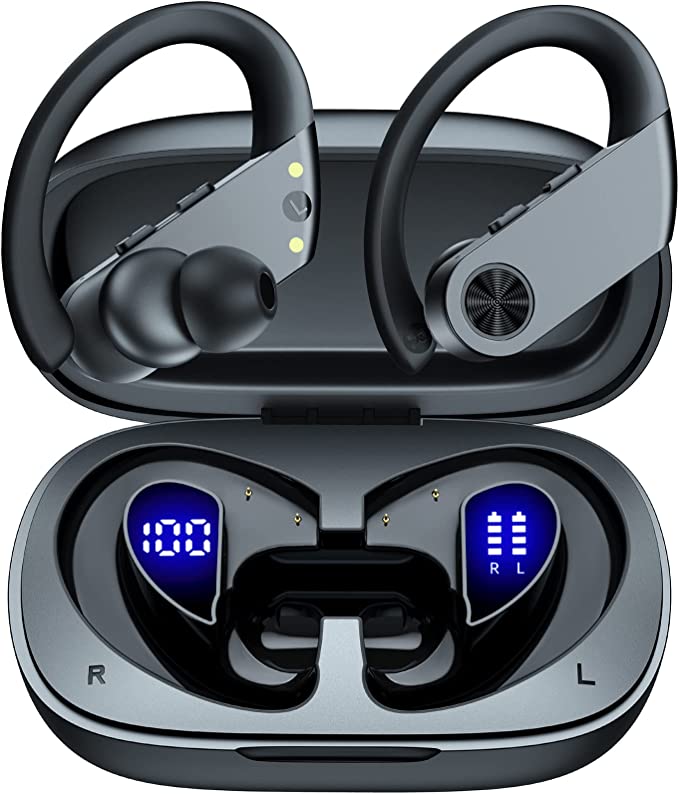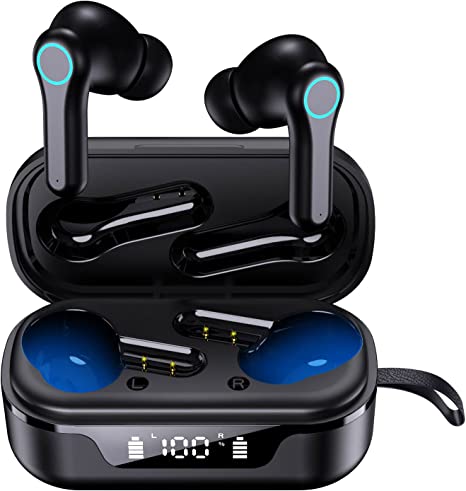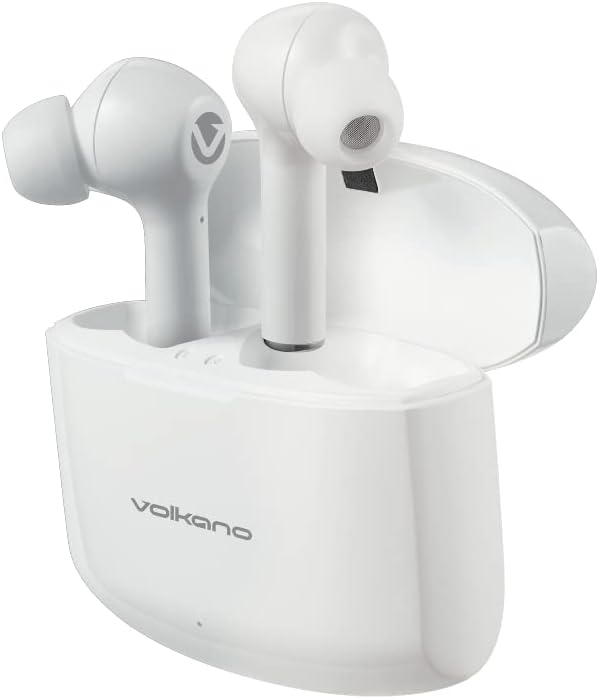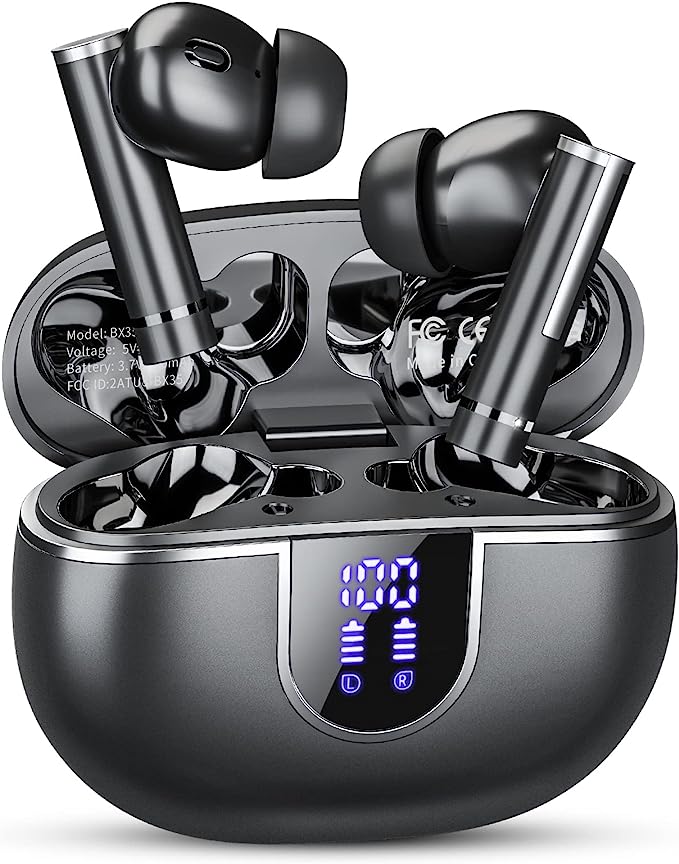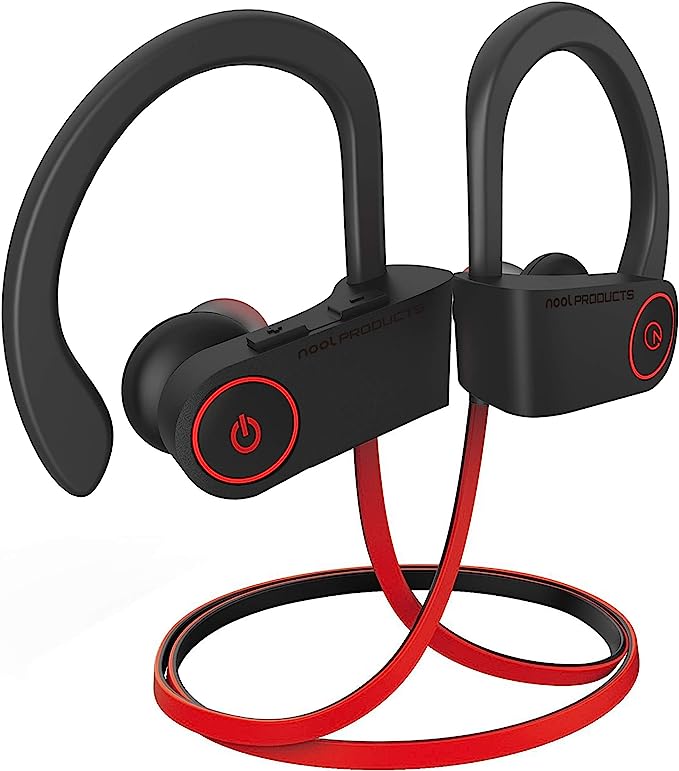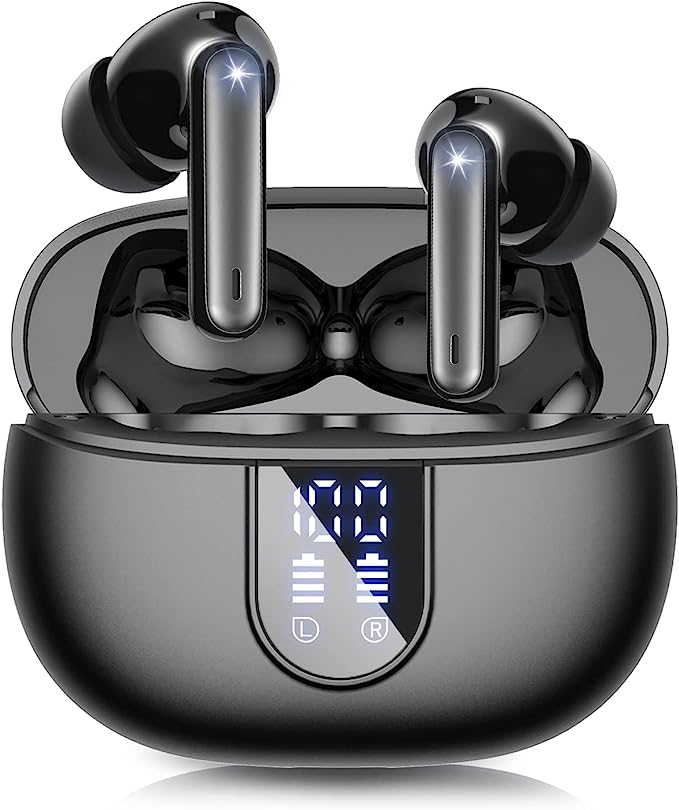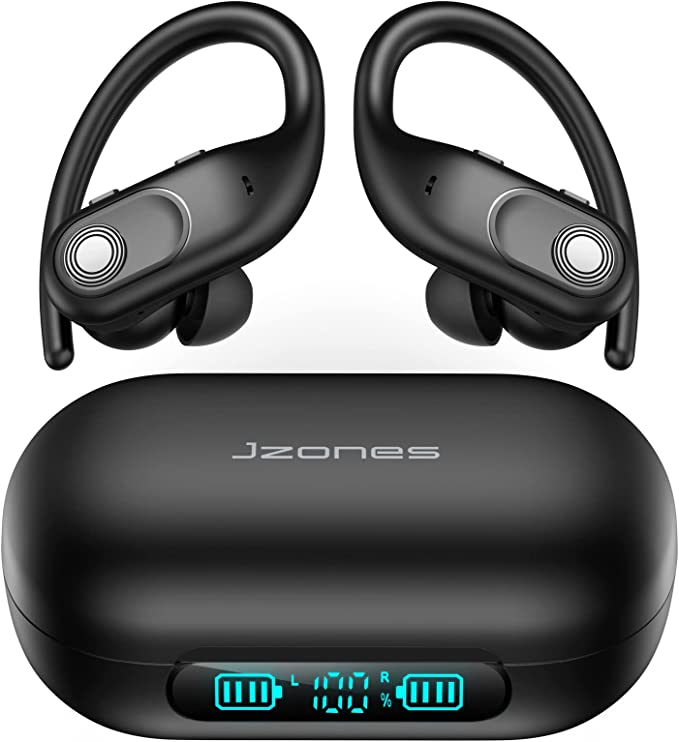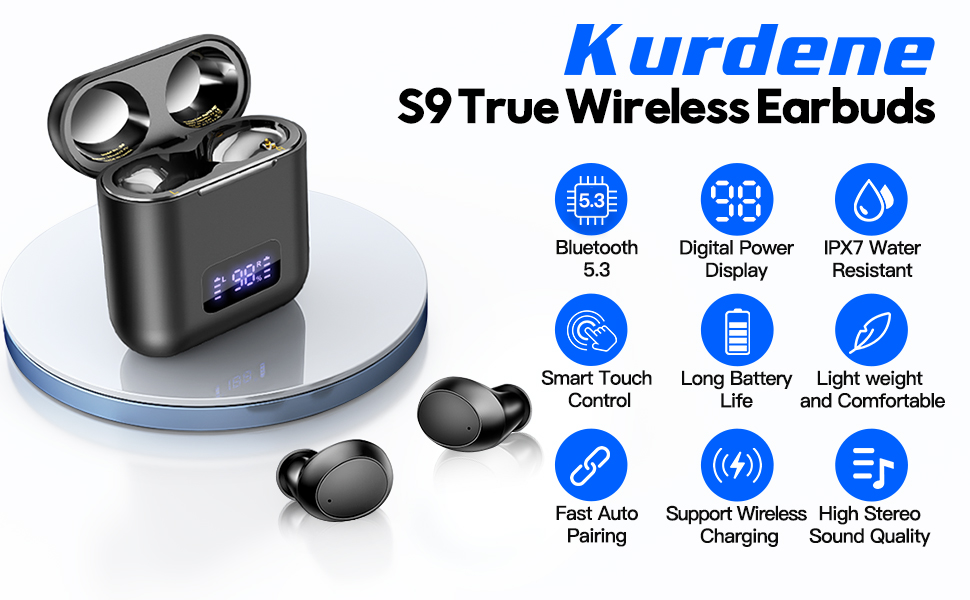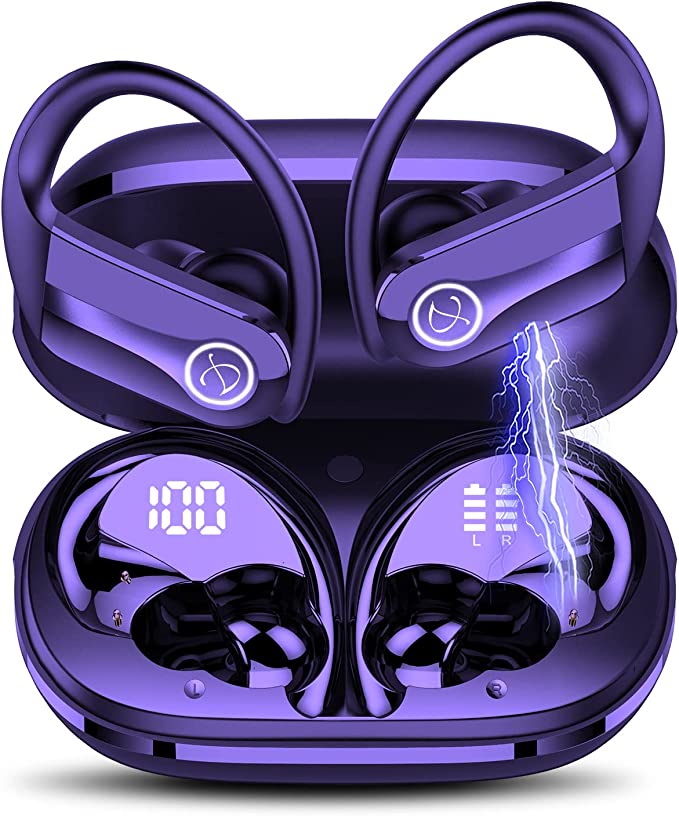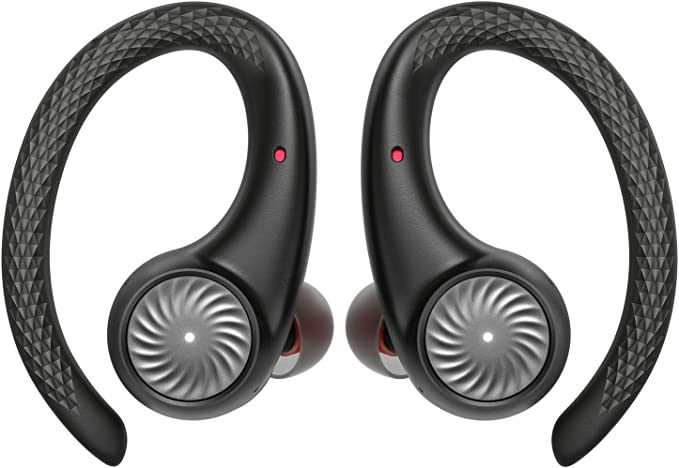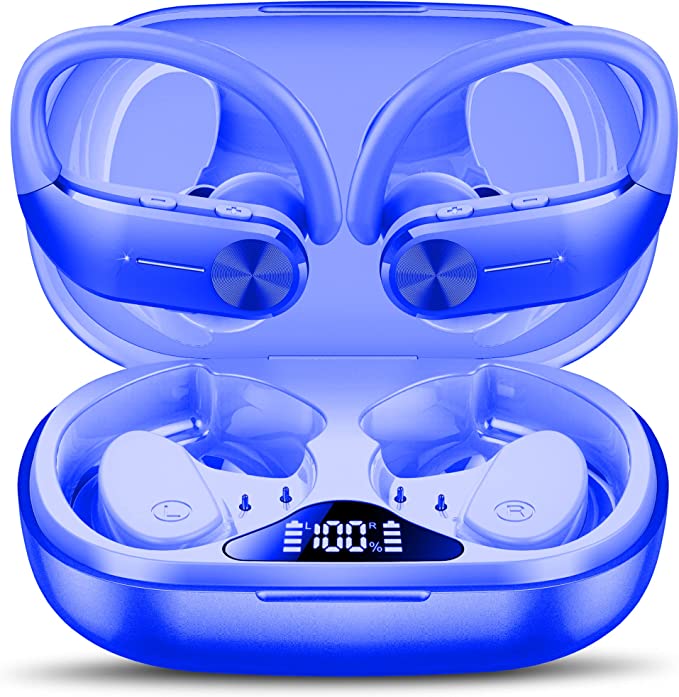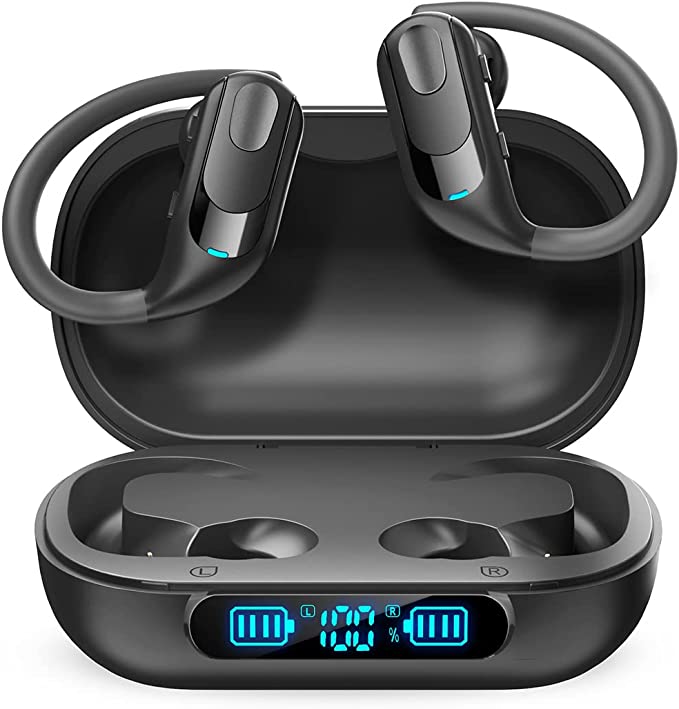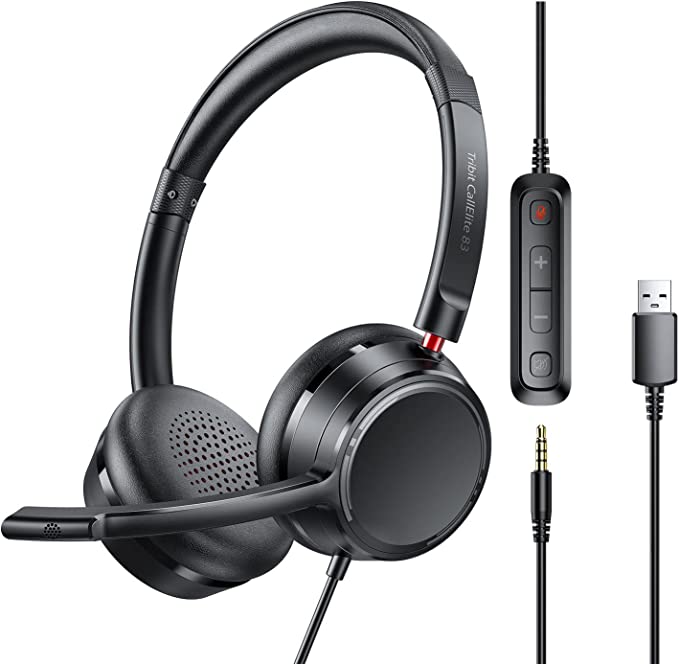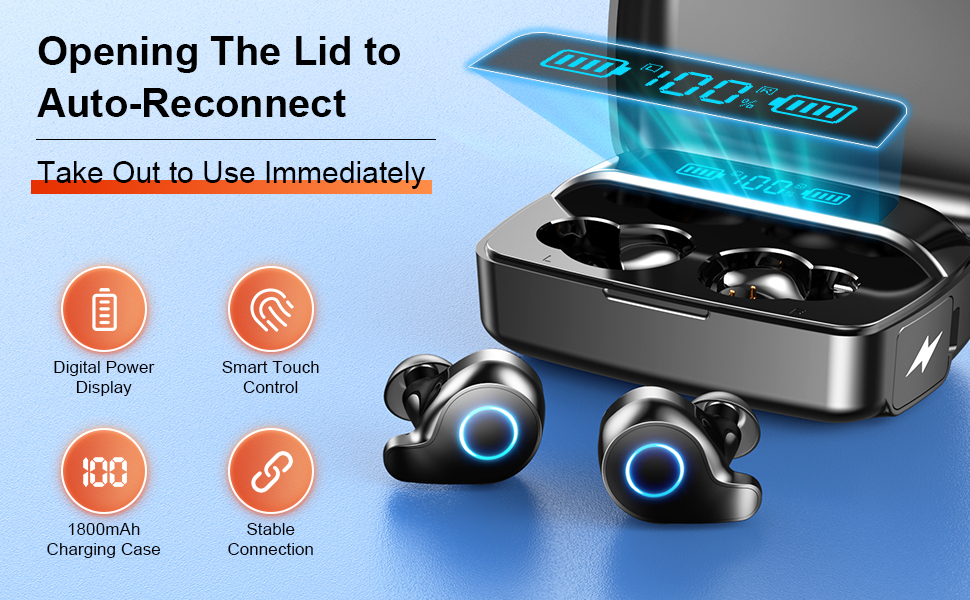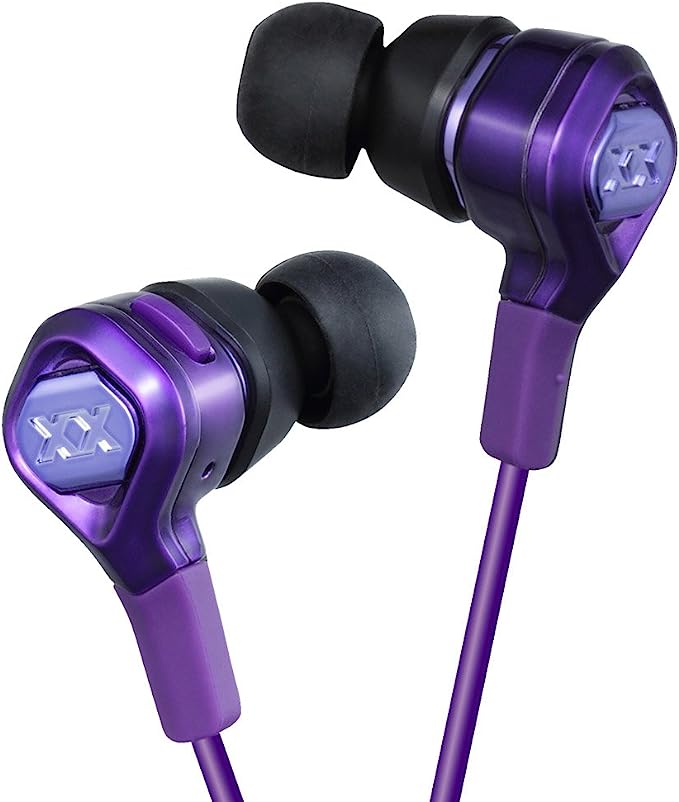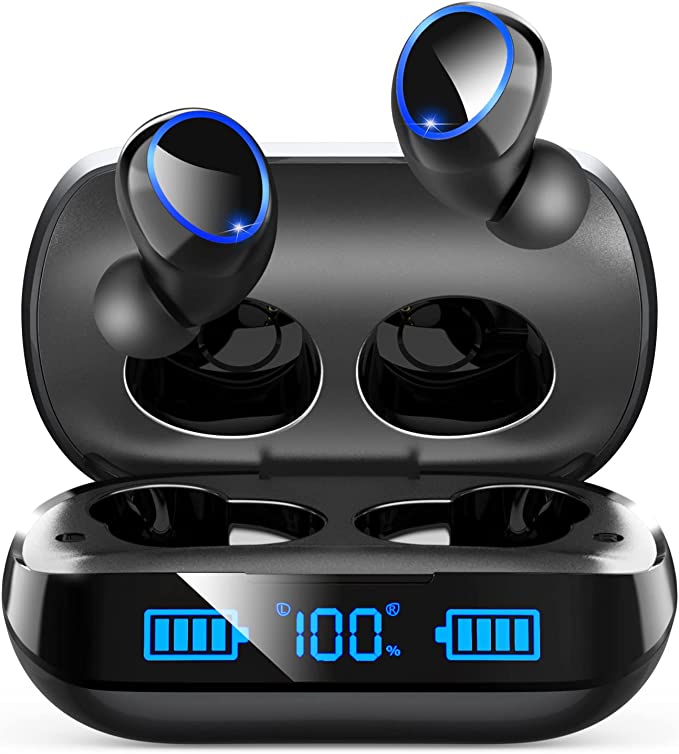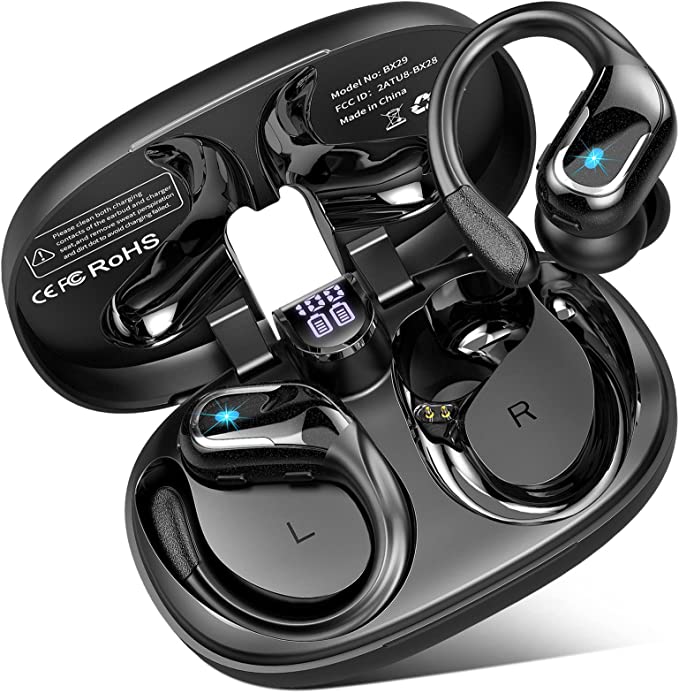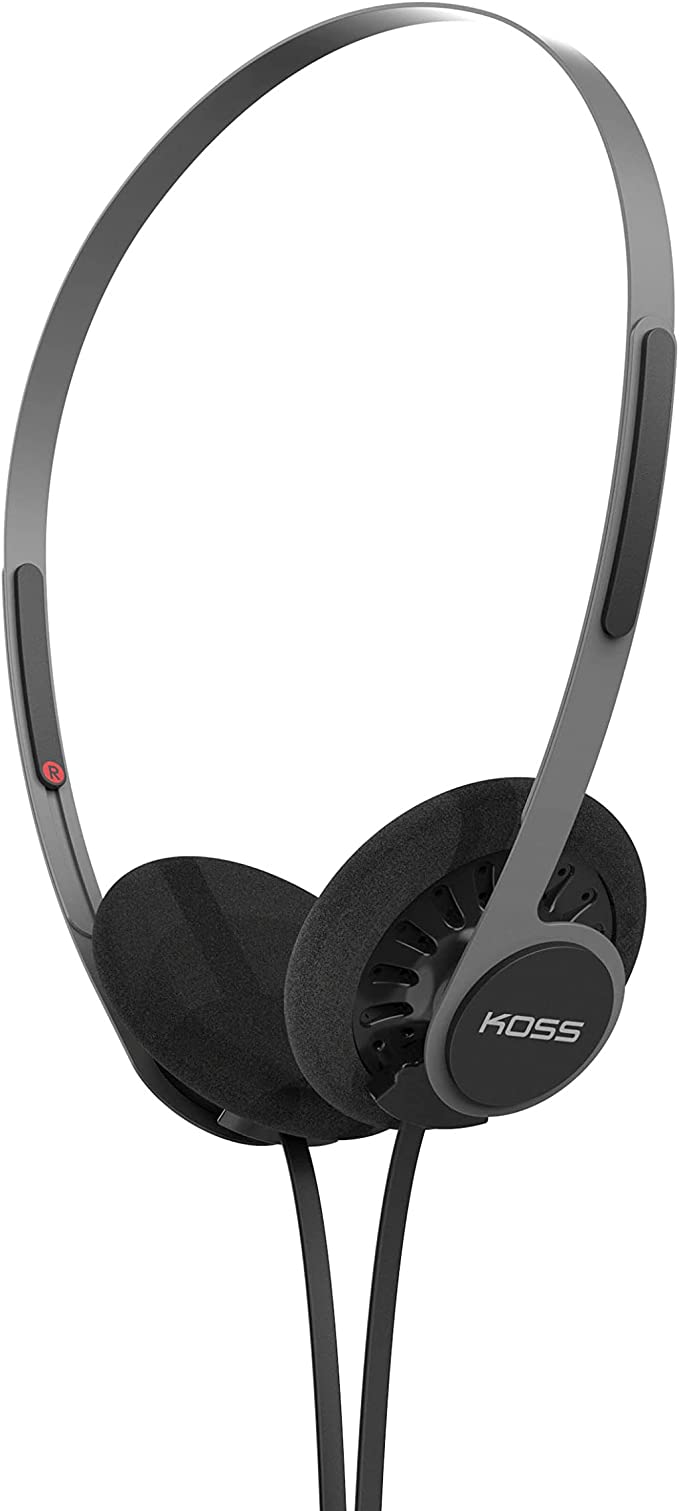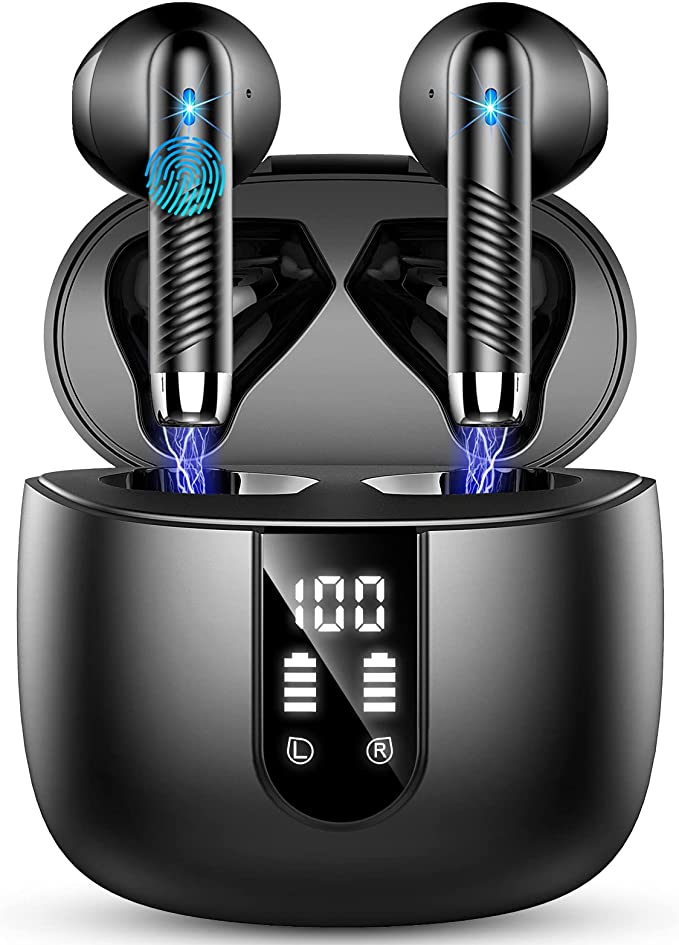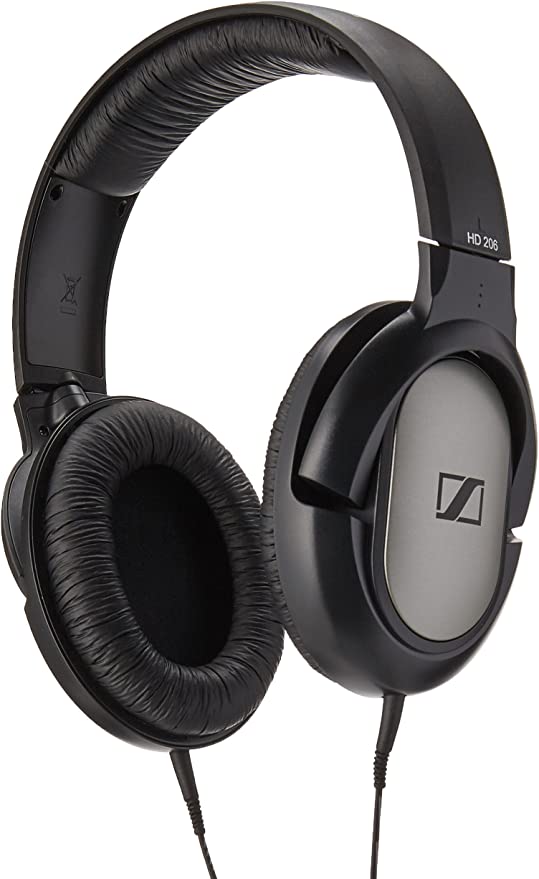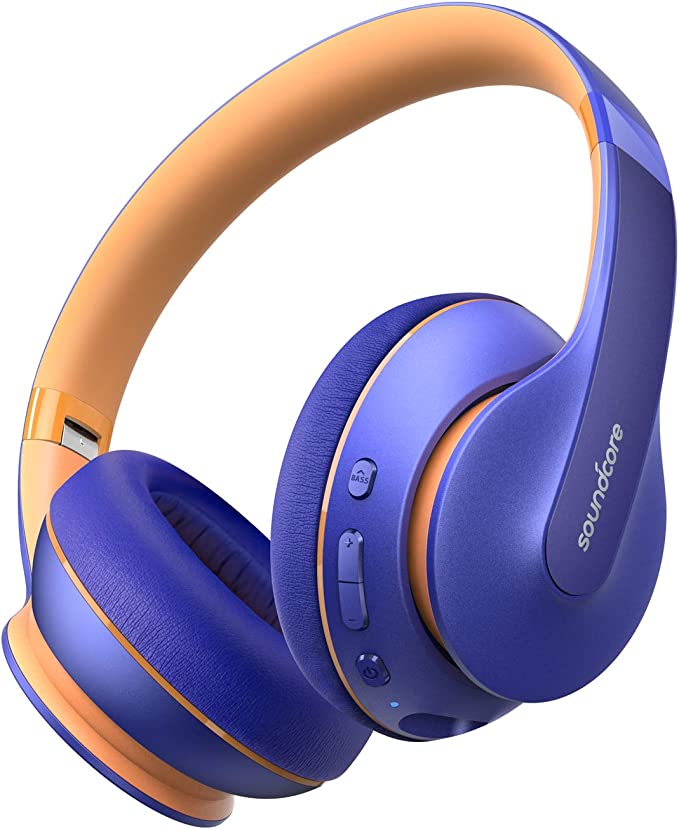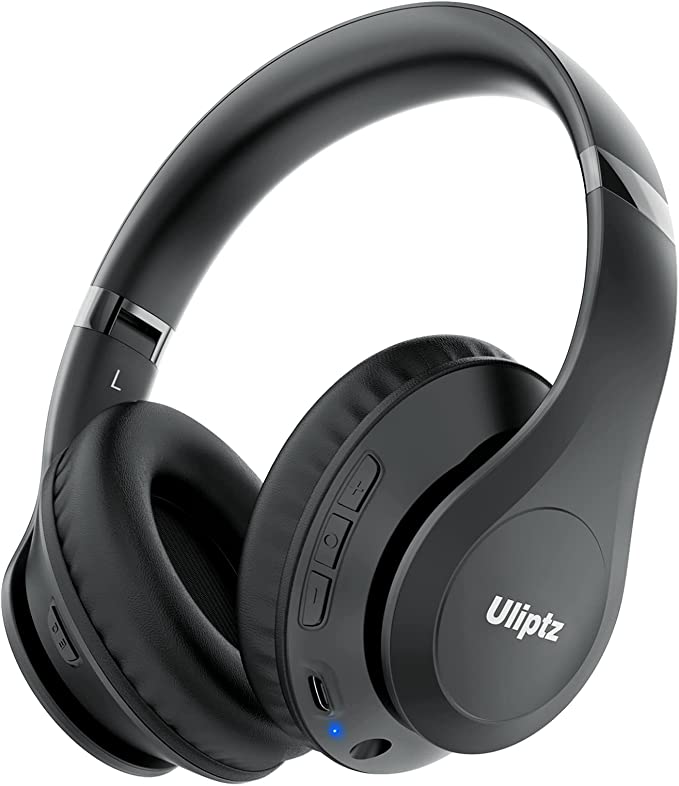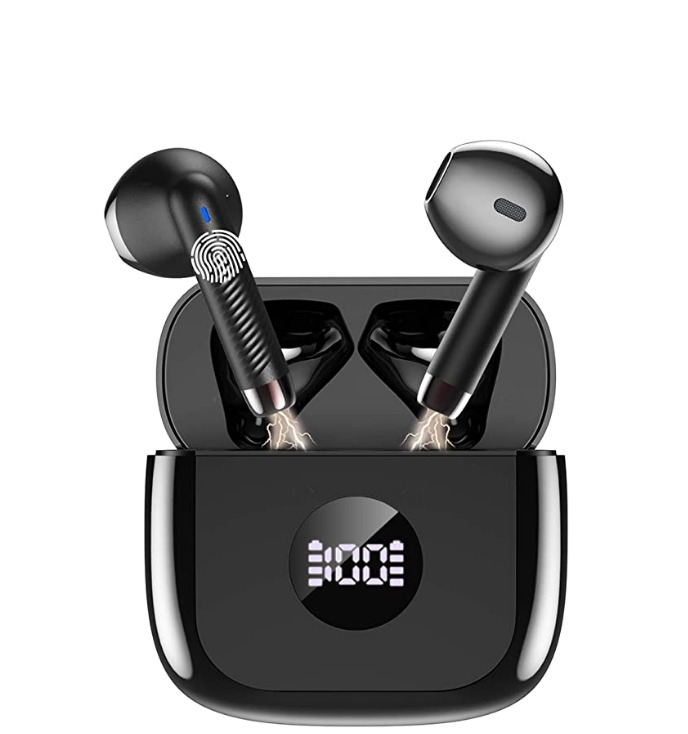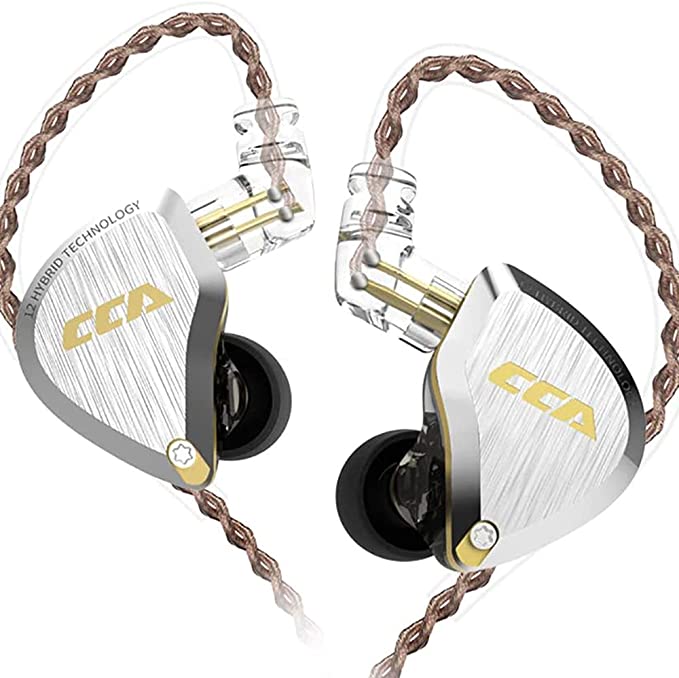NANSON YYK-580 Wireless Earbuds: A Deep Dive into the Science of Sound, Endurance, and Connectivity
Update on May 19, 2025, 6:12 p.m.
We live in an age of pocket-sized wonders. Among the most ubiquitous are wireless earbuds, those sleek companions that pipe music, podcasts, and calls directly into our lives, seemingly by magic. But beneath their unassuming exteriors lies a breathtaking symphony of physics, chemistry, material science, and sophisticated engineering. They are a testament to how far technology has come, packing immense capability into an incredibly compact form.
Today, let’s peel back the layers and embark on an exploratory journey. We’ll use the features described for a representative device, the NANSON YYK-580 Wireless Earbuds, not as a product review, but as a lens through which we can magnify and appreciate the scientific principles that make such everyday technology possible. Prepare to see – and hear – your earbuds in a whole new light.

The Heartbeat of Sound: Crafting Your Personal Soundscape
The ultimate purpose of any earbud is, of course, to produce sound. But how does that tiny device transform a silent stream of digital data into an immersive stereo experience? The answer lies in a carefully orchestrated collaboration of components, each playing a vital role.
The Dynamic Pulse: Understanding the Driver’s Role
At the core of sound production in most earbuds, including those like the YYK-580 which specifies 13mm speakers, is a component called a dynamic driver. Think of it as a miniature, high-precision piston. It works on a fundamental principle of electromagnetism: when an electrical audio signal passes through a voice coil attached to a diaphragm and suspended within a magnetic field, it creates a rapidly changing magnetic force. This force causes the coil, and thus the diaphragm, to vibrate back and forth at incredible speeds. These vibrations push and pull the air, creating pressure waves – the very essence of sound that our eardrums detect and our brains interpret. A 13mm diameter for a driver in an earbud is quite generous, potentially allowing it to move more air, which can be beneficial for producing fuller sound, especially in the lower frequencies.
The material and construction of this vibrating surface, the diaphragm, are paramount. The YYK-580 mentions triple-layer composite diaphragms. While the exact composition isn’t detailed, the term “composite” suggests a sophisticated blend of materials, each chosen for specific properties. Ideally, a diaphragm should be incredibly light to respond instantaneously to the nuances of the audio signal, yet rigid enough to resist deforming or “breaking up” at higher volumes, which can cause distortion. It also needs good internal damping to stop vibrating as soon as the signal stops, preventing a muddy or ringing sound. Engineers often experiment with combinations of polymers, metals, and even exotic materials like beryllium or graphene in high-end designs, all in pursuit of that perfect balance to accurately reproduce sound across the audible spectrum. A triple-layer design could aim to optimize these conflicting requirements – perhaps one layer for stiffness, another for lightness, and a third for damping.
Painting with Frequencies: The Palette of 16Hz to 20kHz
The human ear, in its prime, can typically perceive sounds ranging from about 20 Hertz (Hz, or cycles per second) to 20,000 Hz (20kHz). The YYK-580 is described as delivering powerful bass (as low as lowest 16Hz) and stunning treble (up to 20kHz), with clear mids. This range aims to cover, and even slightly exceed, the full spectrum of typical human hearing. Frequencies around 16Hz represent very deep bass notes – the kind you might feel as much as hear. The ability to reach 20kHz ensures that the high-frequency details, which contribute to the sense of clarity, airiness, and realism in music (like the shimmer of cymbals or the subtle breathiness of a vocal), are present. “Clear mids” are crucial because this is where the fundamental frequencies of human voices and many musical instruments lie; a well-reproduced midrange makes vocals intelligible and instruments sound natural.
However, simply stating a wide frequency range isn’t the whole story. The balance across these frequencies is key. This is where acoustic architecture comes into play. The mention of a large chamber acoustic design that “well balances the internal and external air pressure to avoid sound loss” is significant. The space behind the driver (the chamber) profoundly influences its performance. It’s akin to how the body of a guitar or violin shapes its sound. This chamber manages the air displaced by the back of the vibrating diaphragm, controlling resonances and ensuring that the driver can move freely and efficiently. Proper acoustic design helps to deliver a smoother, more natural sound with less distortion, allowing those deep bass notes and sparkling highs to be heard without overwhelming the critical midrange.

The Unending Encore: Engineering All-Day Power and Resilience
A great audio experience is cut short if the power doesn’t last. The quest for extended battery life in compact devices is a continuous engineering challenge, relying heavily on advances in battery chemistry and power management.
The Sixty-Hour Saga: The Ecosystem of Earbuds and Charging Case
The claim of 60hrs playing music for the YYK-580 is a cumulative figure, achieved “with the portable charging case.” The earbuds themselves hold a certain amount of charge, and the case acts as a mobile power bank, capable of recharging the “twin sports earbuds for 6 times.” This ecosystem approach is now standard for wireless earbuds, transforming the case from a simple storage box into an essential part of the power equation.
The batteries within both the earbuds and the case are almost certainly a type of Lithium-ion (Li-ion) or Lithium-polymer (Li-Po) battery. These chemistries are favored for their high energy density (storing a lot of energy in a small, light package), relatively slow self-discharge rate, and ability to be recharged hundreds of times. Miniaturizing these power cells to fit within the confines of an earbud while still providing several hours of playback is a marvel of modern battery technology.
The Quick Refuel: The Science of Fast Charging
Waiting hours for devices to charge is a frustration of the past. The YYK-580 features Type-C fast charging, and it’s stated that it only takes one hour to fully charge the headphones. USB Type-C is a versatile and robust connector standard, capable of handling more power than older USB types. Fast charging technologies don’t just dump power into a battery; they involve intelligent communication between the charger, the cable, and the device’s battery management system (BMS). The BMS carefully controls the voltage and current delivered to the battery, typically allowing for a higher rate of charge when the battery is significantly depleted and then tapering off as it approaches full capacity. This optimizes charging speed while minimizing heat generation and stress on the battery, which helps to preserve its long-term health.
For user convenience, a dual power display shows the remaining battery of the case numerically and the charging status of the earbuds via an LED bar. This immediate visual feedback allows users to easily manage their power needs and know when it’s time to recharge the case itself.

The Invisible Thread: Weaving Wireless Worlds with Bluetooth 5.3
The “wireless” in wireless earbuds is predominantly enabled by Bluetooth technology, a short-range wireless communication standard that has become an indispensable part of our connected lives.
From Simple Links to Rich Streams: A Glimpse at Bluetooth’s Evolution
Bluetooth has come a long way since its inception in the late 1990s. Early versions were suitable for basic data transfer and simple wireless headsets. However, streaming high-quality stereo audio demands significantly more bandwidth and a more robust connection. Each iteration of the Bluetooth standard has brought improvements in data rate, range, power efficiency, and connection stability.
The Language of Connection: Deconstructing Bluetooth 5.3
The YYK-580 is equipped with “advanced bluetooth 5.3 technology.” Bluetooth 5.3, being one of the more recent iterations, builds upon the strengths of its predecessors. While specific features can vary by chipset implementation, Bluetooth 5.3 generally offers enhancements in connection reliability (reducing dropouts), lower latency (less delay between audio source and playback, important for video and gaming), and improved power efficiency, which contributes to longer earbud battery life. The claim that these earbuds “can automatically connect with your device right away when taken out from the charging case” and maintain a signal that “covers up to 33 feet” are practical benefits stemming from these underlying improvements. This range is typical for Class 2 Bluetooth devices and is generally sufficient for personal use around a room or when your phone is in your pocket or a nearby bag. The “fast and stable transmission without tangling” further points to the robust nature of modern Bluetooth connections.
The Pursuit of Uninterrupted Sound: Understanding “Noise Cancellation” in Context
The product description mentions an “uninterrupted calling and music experience and Noise cancellation.” It’s important to interpret “noise cancellation” carefully here. True Active Noise Cancellation (ANC) is a sophisticated technology that uses microphones to detect external noise and then generates an opposing sound wave to cancel it out. This is a premium feature, and the description doesn’t explicitly state ANC.
Given the context, the “noise cancellation” likely refers to a combination of two things:
1. Passive Noise Isolation: A good in-ear seal, facilitated by the “flexible earhook design” and correctly sized eartips (the YYK-580 comes with “2 different sizes”), physically blocks out a significant amount of ambient sound. This is like putting your fingers in your ears – it doesn’t eliminate noise, but it certainly reduces it.
2. Microphone Noise Reduction for Calls: For “clear call” functionality, many Bluetooth chipsets incorporate technologies like Clear Voice Capture (cVc) or similar algorithms. These use signal processing to distinguish the user’s voice from background noise, suppressing the ambient sounds so that the person on the other end of the call hears you more clearly.
This combination contributes significantly to an “uninterrupted” experience by reducing the intrusion of external sounds during music playback and improving voice clarity during calls.
Forged for Motion: The Science of Durability and Ergonomic Design
For earbuds designed for “Sports/Workout/Gym/Running,” resilience against the elements and a secure, comfortable fit are not just desirable – they are essential.
Braving the Elements: The Microscopic Shield of IPX7 and Nano-Coatings
The YYK-580 boasts an IPX7 Waterproof rating. The “IP” stands for Ingress Protection, a standard that classifies the degree of protection provided by enclosures of electrical equipment against intrusion from foreign bodies (like dust) and moisture. The first digit (represented by “X” here) relates to solid particle protection; an “X” means it hasn’t been specifically rated for dust ingress by this standard, or the manufacturer chose not to claim a rating. The second digit, “7” in this case, is crucial for water protection. It signifies that the device can withstand submersion in water up to 1 meter deep for a maximum of 30 minutes without harmful effects. This is a robust level of waterproofing, perfectly adequate for heavy sweat, rain, or even an accidental quick dip.
This protection is often achieved through meticulous sealing of seams and, as mentioned for the YYK-580, the use of nano-coating to “professionally protect the interior from the influence of water and sweat.” Nano-coatings are ultra-thin layers, often just a few molecules thick, applied to surfaces. These coatings can be engineered to be hydrophobic (water-repelling) or oleophobic (oil-repelling). At a microscopic level, they create a surface with very low surface energy, causing water droplets to bead up and roll off rather than wetting and penetrating the material. This provides an invisible shield for the sensitive electronic components inside.
The Art of the Secure Fit: Engineering Comfort for Active Lives
Waterproofing alone isn’t enough for sports earbuds; they also need to stay put and remain comfortable. The YYK-580 features a flexible earhook design. Earhooks loop over the top of the ear, providing an extra point of contact and significantly improving stability during vigorous movement. The description also states that the “surface and Angle of earbuds in-ear part have been polished and refined repeatedly to minimizes the pressure to your ears.” This speaks to the iterative process of ergonomic design. Engineers use anthropometric data (measurements of the human body) and extensive user testing to optimize the shape, angle, and materials of the in-ear portion to distribute pressure evenly and avoid discomfort, even during long listening sessions. The provision of earpads in 2 different sizes further allows users to customize the fit for better comfort and passive noise isolation.
The Conductor’s Wand: Effortless Command with Smart Touch
Interacting with our devices should be intuitive and unobtrusive, especially when we’re on the move. Physical buttons can be small and fiddly, and their mechanical action can sometimes dislodge an earbud.
The Unseen Interface: The Science of Capacitive Touch
The NANSON YYK-580 employs a “built-in sensitive touch control key.” This almost certainly refers to capacitive touch technology. Unlike a traditional button that requires a physical press to complete a circuit, capacitive sensors work by detecting a change in an electrical field. Your body, particularly your fingertip, has a natural capacitance. When you touch the sensor area on the earbud, you alter the local electrostatic field, and the sensor registers this change as a “touch.” This allows for a seamless, sealed surface on the earbud (which also aids in waterproofing) and enables functions like adjusting volume, changing music, or controlling calls with simple taps or swipes. This kind of interface is highly valued for its ease of use, especially when your hands might be occupied or you need to make quick adjustments without fumbling.

Coda: Appreciating the Everyday Extraordinary
As we’ve journeyed through the features of a device like the NANSON YYK-580, it becomes clear that even the most familiar pieces of technology are born from an extraordinary confluence of scientific understanding and engineering prowess. From the way 13mm drivers sculpt air into sound, to the invisible dance of electrons in their batteries and Bluetooth chips, to the microscopic armor of nano-coatings, these earbuds are miniature marvels.
The next time you pop in your wireless earbuds, take a moment to appreciate the unseen symphony of principles at play – the acoustics, the electronics, the material science, and the wireless communication all working in concert. Hopefully, this exploration has not only demystified some of that technology but also sparked a new sense of wonder for the ingenious engineering that enhances our daily lives, one perfectly delivered note, one seamless connection, at a time.
